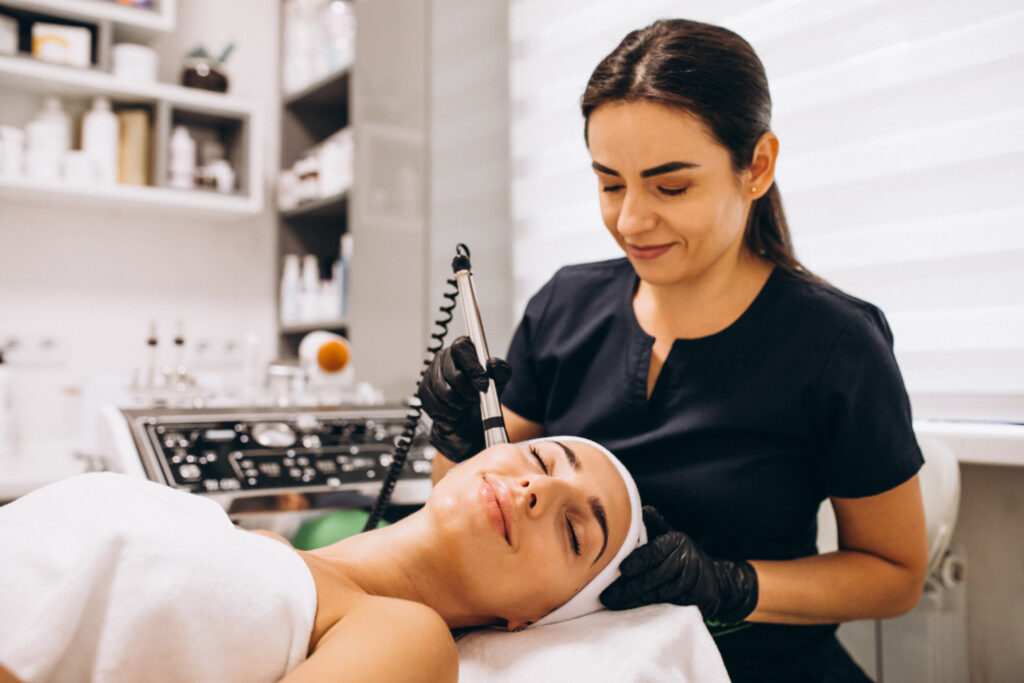Introduction
When people think of dermatology, they often imagine a clinic filled with skin check-ups, acne treatments, and cosmetic procedures. While those are part of the work, an academic dermatologist juggles much more—combining patient care, teaching, research, and mentorship in a single, dynamic career. For medical students curious about what this path looks like, here’s an inside look at a day in the life of an academic dermatologist.
6:30 AM — Starting the Day with Preparation
The morning begins early. Before heading to the hospital or clinic, most academic dermatologists review their patient list for the day, check lab results, and look over any updates from residents or fellows. This quiet preparation time helps set the stage for efficient, patient-centered care once the day begins.
8:00 AM — Morning Clinic
Patient care often takes up a significant portion of the day. In clinic, an academic dermatologist might:
-
Diagnose and treat a range of conditions, from common rashes to rare autoimmune skin disorders.
-
Perform procedures such as biopsies, cryotherapy, or laser treatments.
-
Counsel patients on managing chronic skin conditions like psoriasis, eczema, or acne.
Working in an academic setting means cases can be complex—patients are often referred for conditions that require specialized expertise.
11:00 AM — Teaching on the Go
In academic medicine, patient visits are also teaching opportunities. Medical students, residents, and fellows often accompany the dermatologist in clinic, discussing differential diagnoses, reviewing pathology slides, or learning procedural techniques.
This “real-time” teaching not only trains future dermatologists but also keeps the attending physician engaged with the latest literature and perspectives.
12:30 PM — Lunch and Learning
Midday may involve a quick meal paired with academic activities:
-
Grand Rounds: Presentations where interesting or challenging cases are reviewed by the department.
-
Journal Clubs: Discussions of recent research studies and their clinical implications.
-
Mentorship Meetings: One-on-one sessions with mentees to review progress, provide feedback, and discuss career goals.
2:00 PM — Research and Writing
Academic dermatologists contribute to the field through research. This could mean:
-
Analyzing data from clinical trials.
-
Preparing manuscripts for peer-reviewed journals.
-
Applying for research grants.
-
Collaborating with other specialties to study skin manifestations of systemic diseases.
For physicians like Dr. Amy McMichael, research is not just about advancing science—it’s also about ensuring that discoveries address the needs of diverse patient populations.
4:00 PM — Administrative Responsibilities
As leaders in their departments, academic dermatologists may also handle:
-
Curriculum development for residency programs.
-
Committee work focused on diversity, equity, and inclusion.
-
Planning outreach events for community skin health education.
5:30 PM — Wrapping Up and Reflecting
The day often ends with charting patient notes, answering emails, and planning for tomorrow. Some evenings are spent preparing lectures, mentoring students, or reviewing research drafts. It’s a career that doesn’t neatly fit into a 9-to-5 schedule—but the variety keeps it rewarding.
The Rewards of Academic Dermatology
While the workload can be intense, the rewards are equally significant:
-
Impact: Directly improving patient health while shaping the next generation of dermatologists.
-
Intellectual Growth: Staying at the forefront of dermatologic science.
-
Legacy: Mentoring students who will go on to mentor others, creating a ripple effect in the profession.
Conclusion
A day in the life of an academic dermatologist is a balancing act between patient care, teaching, research, and leadership. It’s demanding, but for those passionate about both medicine and mentorship, it offers a deeply fulfilling career. For medical students considering this path, know that while the days are busy, the opportunity to influence lives—both in and out of the clinic—makes it all worthwhile.

